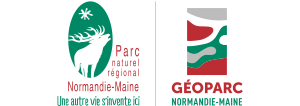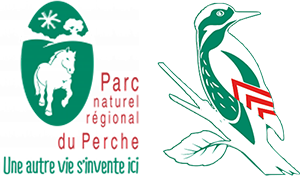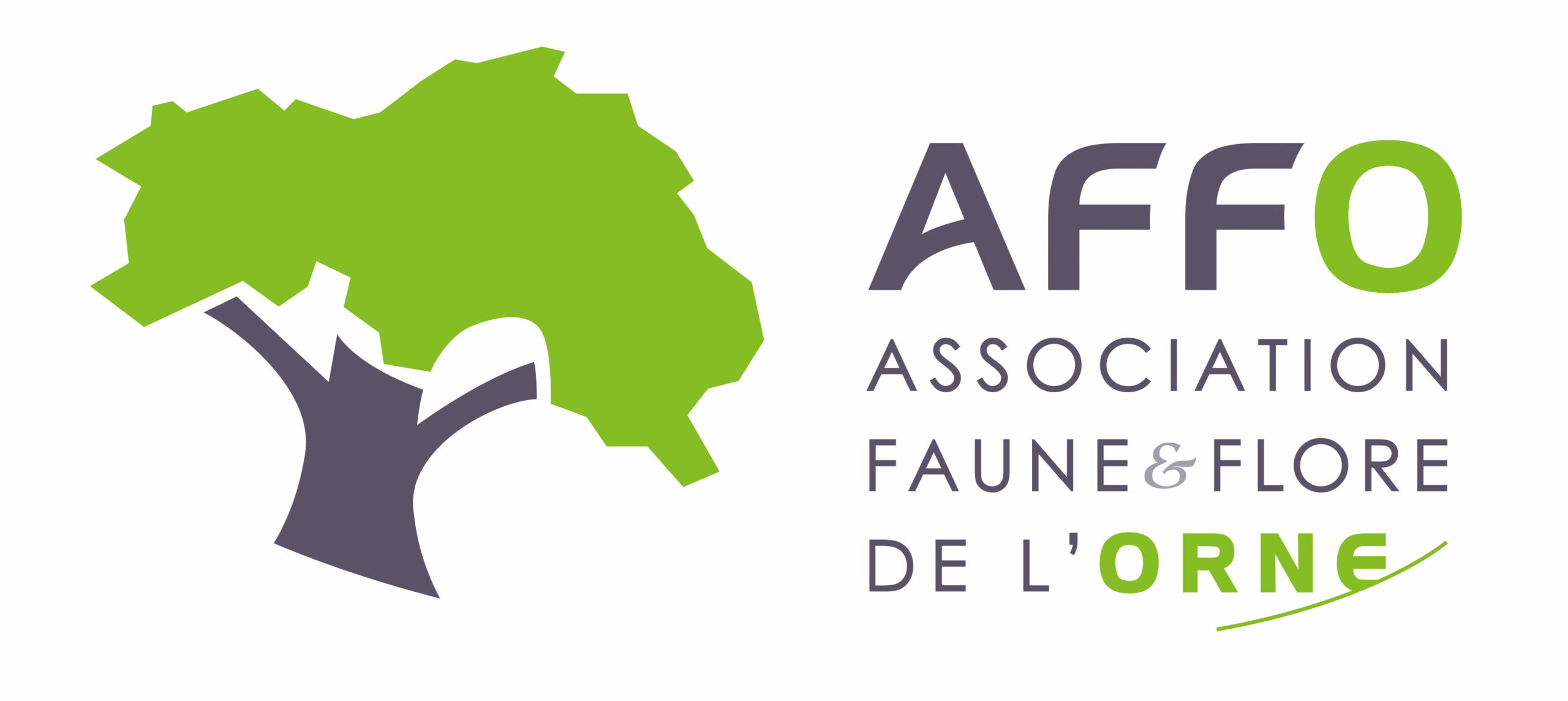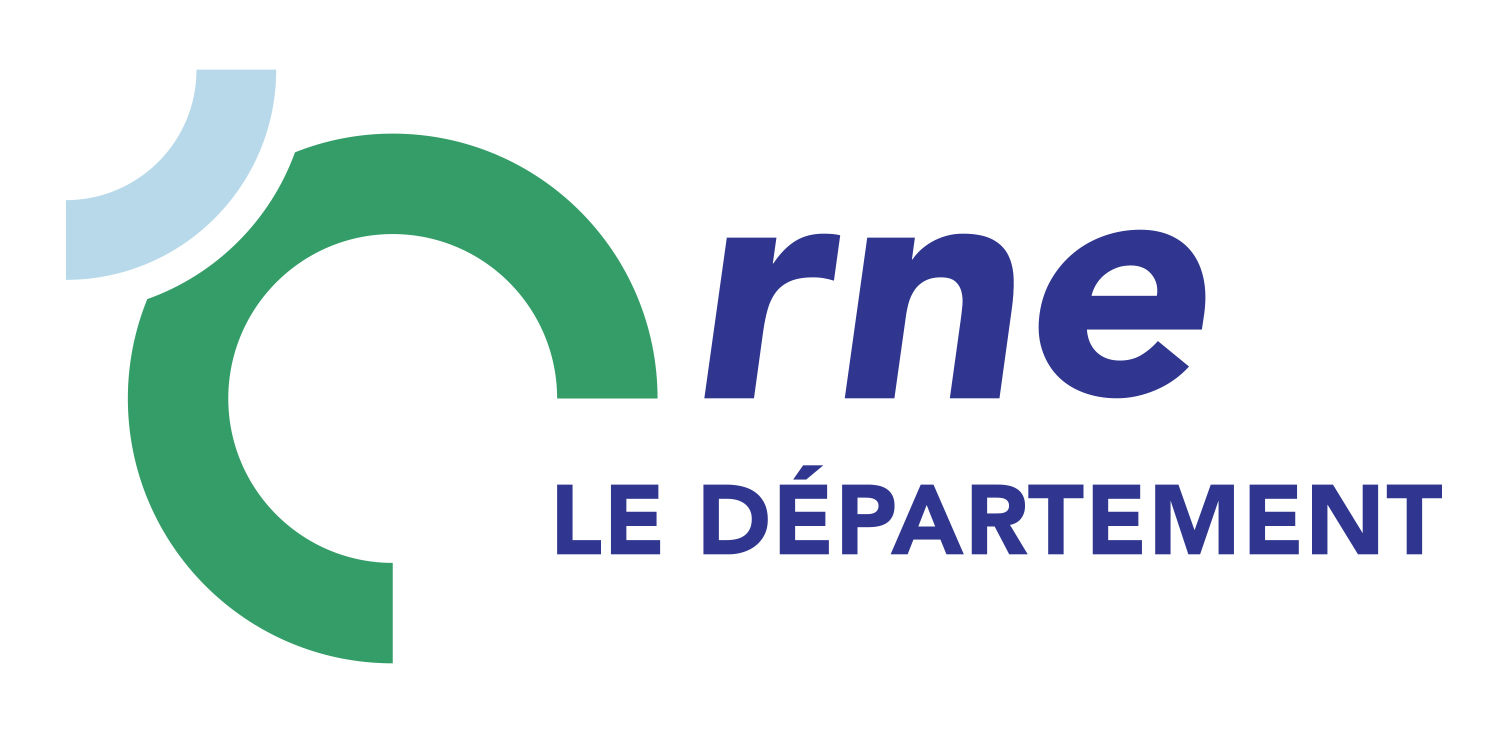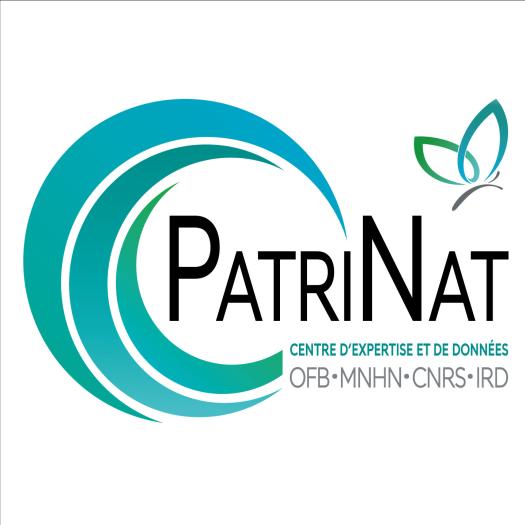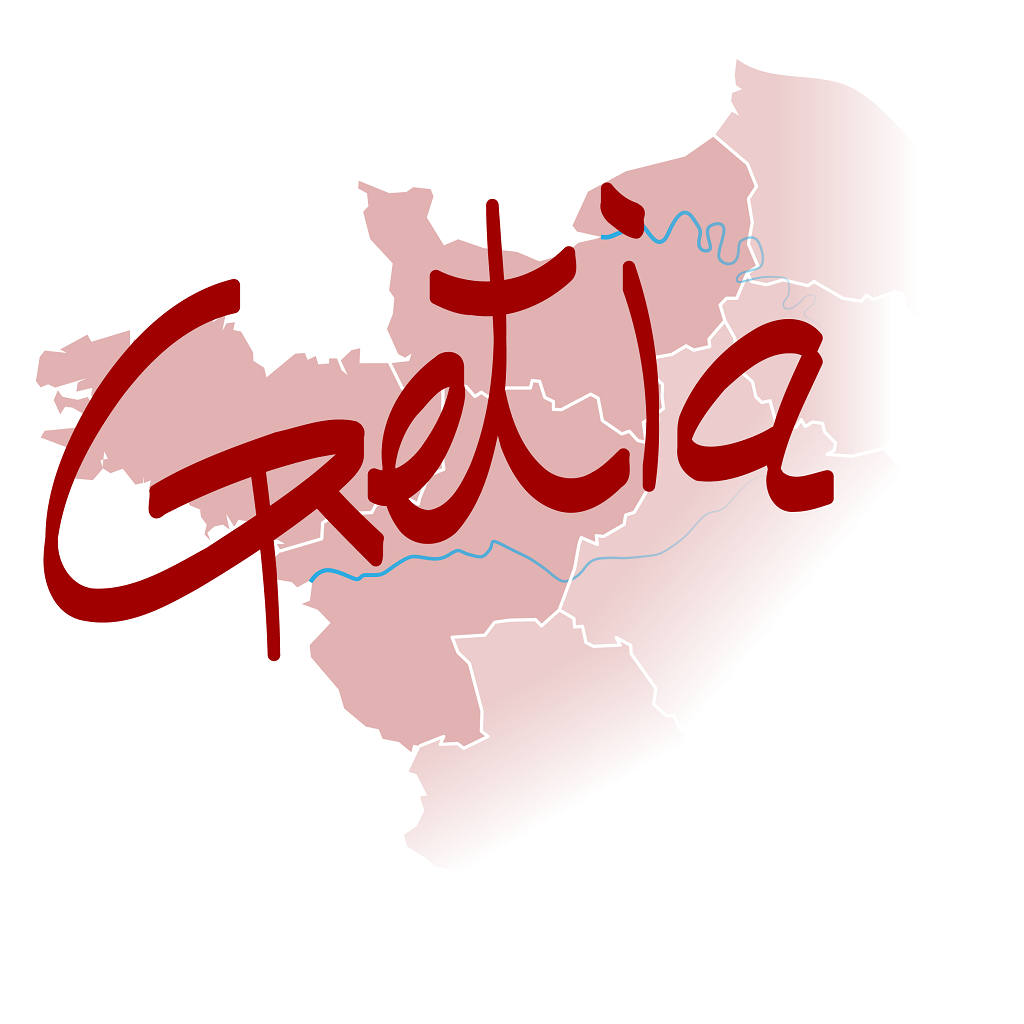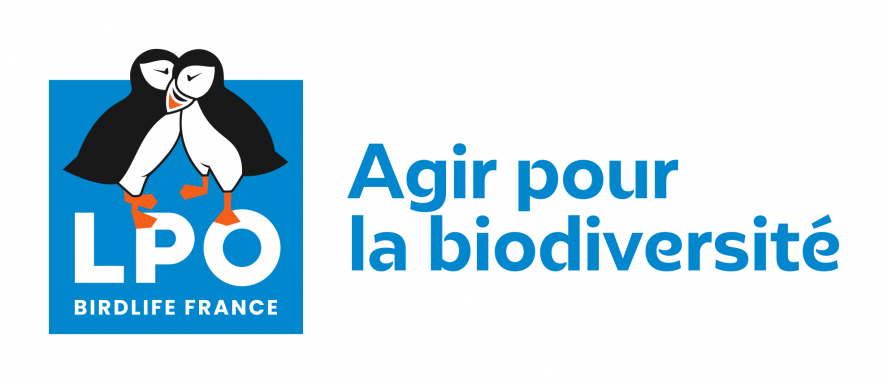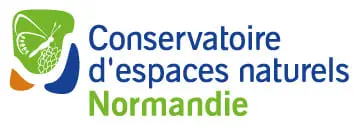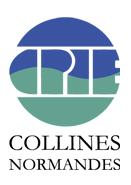Sympétrum sanguin (Le)
Sympetrum sanguineum (O.F. Müller, 1764)
- 416 observations
-
111
communes -
68
observateurs
26
organismes -
Première observation
1900 -
Dernière observation
2025
Alençon - Athis-Val de Rouvre - Avernes-Saint-Gourgon - Bagnoles de l'Orne Normandie - Bailleul - Banvou - Barville - Bazoches-sur-Hoëne - Beauvain - Belforêt-en-Perche - Bellavilliers - Bellou-en-Houlme - Bizou - Boischampré - Bretoncelles - Briouze - Buré - Camembert - Carrouges - Ceaucé - Ceton - Chailloué - Champeaux-sur-Sarthe - Champsecret - Charencey - Cisai-Saint-Aubin - Coudehard - Cour-Maugis sur Huisne - Dame-Marie - Domfront en Poiraie - Écouché-les-Vallées - Écouves - Essay - Feings - Fleuré - Gandelain - Gouffern en Auge - Hauterive - La Bellière - La Chapelle-au-Moine - La Chapelle-près-Sées - La Chapelle-Souëf - La Chaux - La Coulonche - La Ferté-en-Ouche - La Ferté Macé - La Lande-de-Goult - La Motte-Fouquet - Le Bouillon - Le Cercueil - Le Champ-de-la-Pierre - Le Châtellier - Le Grais - Le Mage - Le Pas-Saint-l'Homer - Le Pin-la-Garenne - Le Plantis - Les Monts d'Andaine - Les Ventes-de-Bourse - L'Hôme-Chamondot - Longny les Villages - Lonlay-l'Abbaye - Lonlay-le-Tesson - Lonrai - Magny-le-Désert - Mantilly - Marchemaisons - Mauves-sur-Huisne - Ménil-Hermei - Merri - Messei - Mieuxcé - Montgaudry - Mortagne-au-Perche - Mortrée - Moutiers-au-Perche - Neauphe-sous-Essai - Passais Villages - Perche en Nocé - Pervenchères - Putanges-le-Lac - Rémalard en Perche - Rives d'Andaine - Sablons sur Huisne - Saint-André-de-Briouze - Saint-André-de-Messei - Saint-Aubin-de-Bonneval - Saint-Cyr-la-Rosière - Saint-Denis-sur-Sarthon - Sainte-Céronne-lès-Mortagne - Saint-Ellier-les-Bois - Sainte-Scolasse-sur-Sarthe - Saint-Germain-de-la-Coudre - Saint-Gervais-du-Perron - Saint-Gilles-des-Marais - Saint-Hilaire-de-Briouze - Saint-Jouin-de-Blavou - Saint-Léger-sur-Sarthe - Saint-Mars-d'Égrenne - Saint-Martin-du-Vieux-Bellême - Saint-Patrice-du-Désert - Sap-en-Auge - Sarceaux - Sées - Tanques - Tessé-Froulay - Tourouvre au Perche - Val-au-Perche - Vaunoise - Verrières - Vieux-Pont
-
PNR du Perche
Participation à 136 Observations
Part d'aide à la prospection : 32.69 %
Fiche organisme
-
Association Faune & Flore de l'Orne (AFFO)
Participation à 84 Observations
Part d'aide à la prospection : 20.19 %
Fiche organisme
-
PNR et géoparc mondial UNESCO Normandie-Maine
Participation à 78 Observations
Part d'aide à la prospection : 18.75 %
Fiche organisme
-
DREAL Centre-Val de Loire
Participation à 54 Observations
Part d'aide à la prospection : 12.98 %
Fiche organisme
-
Société Française d'Odonatologie
Participation à 45 Observations
Part d'aide à la prospection : 10.82 %
Fiche organisme
-
Office pour les insectes et leur environnement (OPIE)
Participation à 45 Observations
Part d'aide à la prospection : 10.82 %
Fiche organisme
-
Conseil départemental de l'Orne (bureau ENS)
Participation à 41 Observations
Part d'aide à la prospection : 9.86 %
Fiche organisme
-
UMS PatriNat (OFB-CNRS-MNHN)
Participation à 18 Observations
Part d'aide à la prospection : 4.33 %
Fiche organisme
-
GRoupe d'ETude des Invertébrés Armoricains (GRETIA)
Participation à 15 Observations
Part d'aide à la prospection : 3.61 %
Fiche organisme
-
Bureaux d'études & consultants
Participation à 13 Observations
Part d'aide à la prospection : 3.12 %
Fiche organisme
-
Système mondial d’information sur la biodiversité (GBIF)
Participation à 13 Observations
Part d'aide à la prospection : 3.12 %
Fiche organisme
-
Conseil départemental de l'Orne
Participation à 11 Observations
Part d'aide à la prospection : 2.64 %
Fiche organisme
-
INTERVIA ETUDES
Participation à 10 Observations
Part d'aide à la prospection : 2.40 %
Fiche organisme
-
Naturalia-Environnement
Participation à 10 Observations
Part d'aide à la prospection : 2.40 %
Fiche organisme
-
Peter Stallegger (Consultant Environnement)
Participation à 8 Observations
Part d'aide à la prospection : 1.92 %
Fiche organisme
-
Habitants-bénévoles
Participation à 6 Observations
Part d'aide à la prospection : 1.44 %
Fiche organisme
-
Office national des forêts (ONF)
Participation à 5 Observations
Part d'aide à la prospection : 1.20 %
Fiche organisme
-
Muséum national d'Histoire naturelle (MNHN)
Participation à 2 Observations
Part d'aide à la prospection : 0.48 %
Fiche organisme
-
Ministère de la Transition écologique et de la Cohésion des territoires
Participation à 2 Observations
Part d'aide à la prospection : 0.48 %
Fiche organisme
-
Conservatoire d'espaces naturels de Normandie (CEN Normandie)
Participation à 2 Observations
Part d'aide à la prospection : 0.48 %
Fiche organisme
-
Le Monde des Insectes (insectes.org)
Participation à 1 Observation
Part d'aide à la prospection : 0.24 %
Fiche organisme
-
SOCIETE D'EXPLOITATION DU PARC EOLIEN BOIS SEIGNEUR
Participation à 1 Observation
Part d'aide à la prospection : 0.24 %
Fiche organisme
-
CPIE Collines normandes
Participation à 1 Observation
Part d'aide à la prospection : 0.24 %
Fiche organisme
Informations espèce
Abdomen : 20-26 mm. Ailes postérieures :23-29 mm.
Diagnose :
Petite libellule rouge (mâle) ou jaune et noir (femelle et juvénile). Les pâtes sont noires. Les ptérostigmas sont buns rougeâtre à noirâtre. L’abdomen est rétréci au niveau des segments 3 à 5.
Détermination :
Les mâles sont relativement simples à reconnaître. La détermination des femelles est plus délicate.
Espèces proches :
Confusion possible avec Sympetrum depressiusculum.
Période d’observation :
Les adultes sont observés d’avril à novembre dans le sud, de mai à octobre dans le nord.
Biologie et écologie :
Cette espèce se reproduit dans les eaux stagnantes et faiblement courantes, et bien ensoleillées. Elle occupe également des milieux saumâtres ou anthropisés. Elle apprécie les berges à faible pente riches en hélophytes et subissant un assèchement estival. Les œufs éclosent au printemps après une diapause hivernale et la libellule émerge 1 à 3 mois plus tard. La ponte commence généralement en tandem puis est terminée par la ♀ seule sous la surveillance du mâle.
Biogéographie :
L’espèce est présente d’Europe de l’ouest à la Sibérie et au Maghreb. En France, elle est présente sur l’ensemble du territoire en plaine et jusqu’à 1700 m.
D'après :
Grand, D., Boudot, J.-P & Doucet, G. 2014. Cahier d’identification des Libellules de France, Belgique, Luxembourg et Suisse. Collection Cahier d’identification. Biotope, Mèze : 136 pp.
Grand, D. & Boudot, J.-P. 2006. Les Libellules de France, Belgique et Luxembourg. Collection Parthénope. Biotope, Mèze : 480 pp.
Dijkstra, K.-D. B. 2007. Guide des libellules de France et d'Europe. Les guides du naturaliste. Delachaux & Niestlé, Paris : 320 pp.
Source : fiche descriptive, INPN
C2 : Eaux courantes de surface
D4 : Bas-marais riches en bases et tourbières des sources calcaires
J5 : Plans d'eau construits très artificiels et structures connexes
Répartition actuelle en France métropolitaine
© INPN - Avertissement : les données visualisables reflètent l'état d'avancement des connaissances et/ou la disponibilité des données existantes au niveau national : elles ne peuvent en aucun cas être considérées comme exhaustives.
Répartition actuelle dans le monde
Avertissement : les données visualisables reflètent l'état d'avancement des connaissances et/ou la disponibilité des données existantes au niveau mondial : elles ne peuvent en aucun cas être considérées comme exhaustives.



